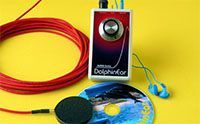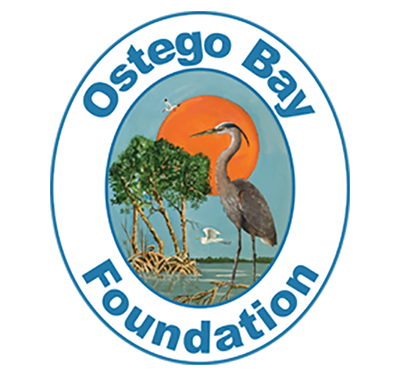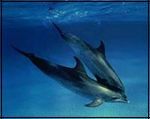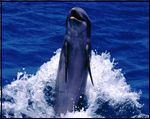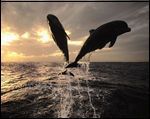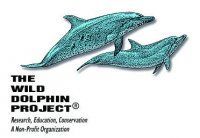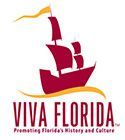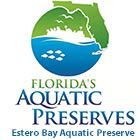Project Pod
Established in 1995, has three research objectives based on the hypothesis that there exists a resident bottlenose dolphin population in Estero Bay:
- To investigate the population of bottlenose dolphins in Estero Bay.
- To catalogue this population. The same animals are consistently being seen within the eight mile search radius of the Project, suggesting that they do indeed reside within these waters rather than just passing through. How large the population is - is still in the process of being determined. At present, thirty-six individual animals have been identified.
- To record and document the sonar emissions of this population and relate these sounds to specific activity.
Click the image above to hear "quacks" emitted during a socialization among four males and a female.
All photographs were taken by the use of a telephoto lens and were not approached by our research vessels, however some dolphins were indeed curious and approached the vessel. Researchers minimize any disturbance.
Dolphin Vocalizations
Dolphin vocalizations are recorded through a pair of hydrophones. Both sonar and whistling vocalizations can be heard in real-time and, during mating, 'squawks', 'barks', and a variety of other sounds have been heard. A dolphin's vocal repertoire includes a large number of sounds which are thought to be associated with particular behaviors.
Whistles Communicate position and social information
Clicks Used for navigation and to locate prey
Pops Associated with feelings
Quacks Associated with socializing
Buzzes Associated with traveling
Search Area
The search area of this study extends from Bowditch Point at the north end of Estero Island to Big Carlos Pass at the south end, approximately 7.5 miles of bay waters. Tursiops truncatus, the Atlantic Bottlenose dolphin, are usually found in shallow coastal estuarine and river systems. Some migrant dolphins move in pods to the southern coastal area of southern Florida waters as temperature declines in the North. Calving usually occurs in the spring with March being the peak month but, for coastal Floridian dolphins, calving may range from May through August, particularly in southwest Florida. Dolphins have a highly organized social structure and exhibit coordinated movement patterns. These movements suggest communication between individuals that is thought to occur primarily by means of vocalization.
Each dolphin has a signature whistle. Any other dolphin in the pod can "call" another dolphin by calling his 'name'. A dolphin can also identify himself to the pod by using his whistle.
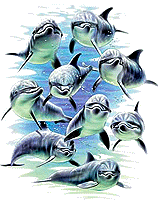
Recorded by using the Dolphin Ear Hydrophone
